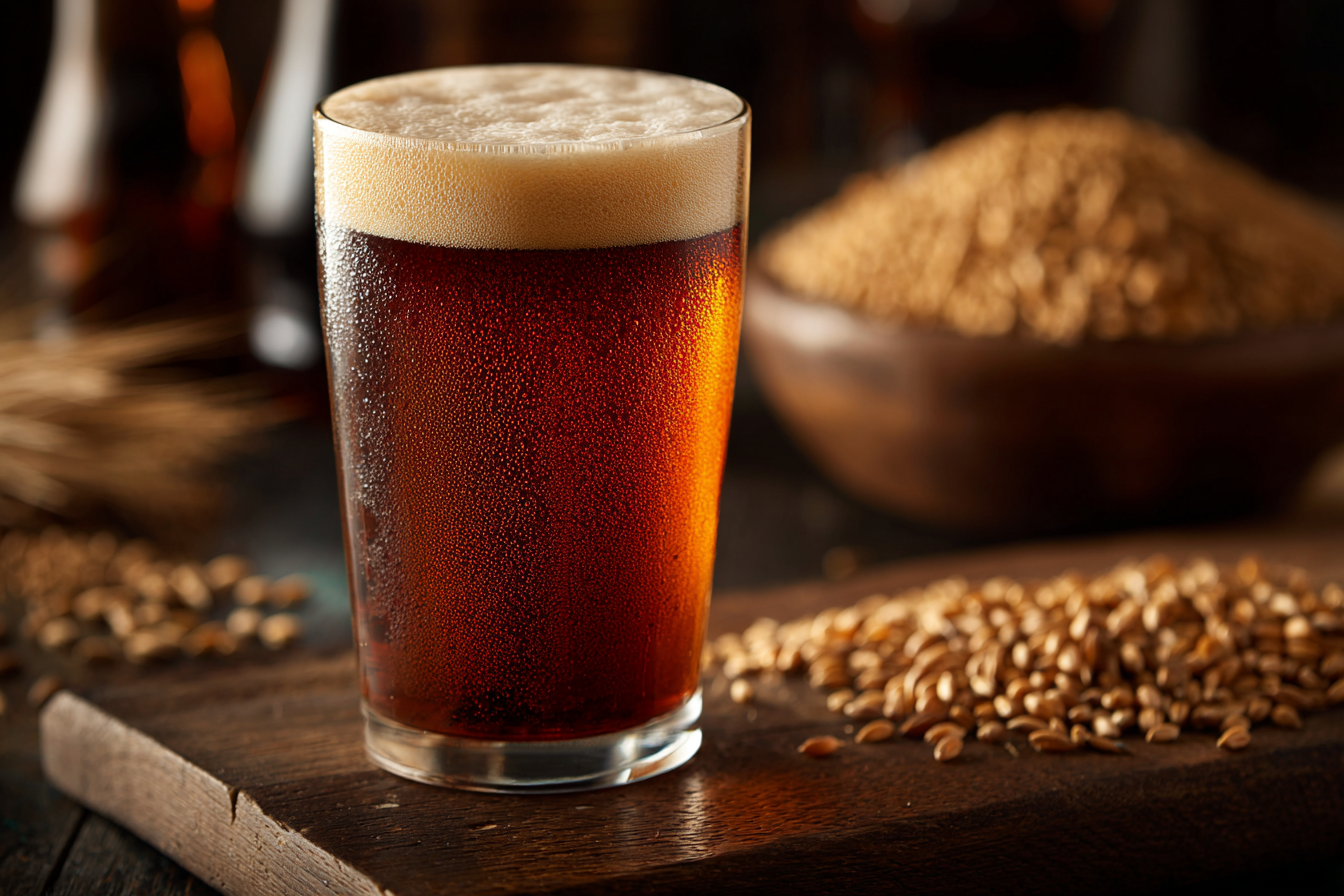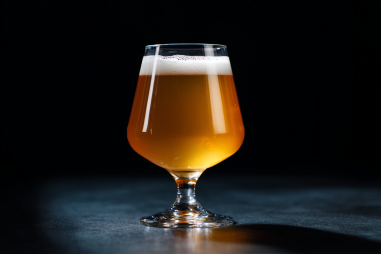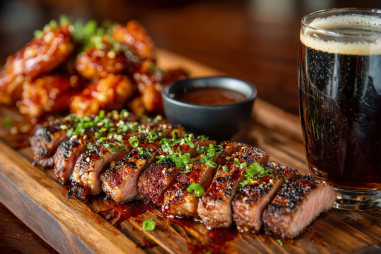Scottish Ale is a beloved traditional beer style known for its rich maltiness, subtle sweetness, and smooth, approachable character. Whether you’re a seasoned beer enthusiast or just beginning to explore this distinctive style, understanding what to expect in every sip enhances the overall tasting experience. From its deep amber appearance to the complex layers of flavor and aroma, Scottish Ale offers a memorable journey for your palate. Let’s dive into detailed tasting notes and explore the unique qualities that make Scottish Ale so enjoyable.
Appearance: Color, Clarity, and Head
When pouring a Scottish Ale, the first thing that catches your eye is its appearance. Typically, Scottish Ales range in color from deep amber to reddish-brown, often with a warm, inviting hue reminiscent of autumn leaves. This rich coloration comes from the use of Munich or caramel malts, which give the beer its characteristic depth.
Clarity can vary depending on the specific tale style, but most Scottish Ales exhibit a clear to slightly hazy body, indicating a polished brewing process while retaining some of the natural malt complexity. The head, or foam, tends to be moderate and creamy with a beige to off-white color, offering a smooth texture that foreshadows the beer’s balanced mouthfeel.
Aroma: Malt Characteristics and Hop Notes
The aroma of Scottish Ale is a critical part of the tasting experience that sets the tone for what’s to come. Malt is the star here, often presenting an inviting blend of caramel, toffee, and biscuity notes. These aromas reflect the malt-forward profile that defines the style, providing a warm and slightly sweet bouquet.
While hops play a supporting role in most Scottish Ales, you might detect subtle earthy or floral hop notes that add complexity without overpowering the malt character. The overall nose is usually smooth and gentle, enticing you to take your first sip.
Flavor Profile: Sweetness, Bitterness, and Balance
Scottish Ale is renowned for its malt-forward flavor profile, which delivers a pleasant sweetness balanced by moderate bitterness. Upon tasting, you’ll often encounter rich caramel and toffee flavors intertwined with hints of roasted malt that provide depth without crossing into smokiness or heaviness.
The sweetness is subtle and well-controlled, never cloying, and pairs beautifully with the restrained bitterness usually provided by earthy or herbal hops. This balanced interplay results in a smooth, rounded flavor that is both comforting and satisfying.
Additionally, some Scottish Ales might showcase gentle fruitiness or a slight nuttiness, adding interesting layers without detracting from the malt focus. Overall, the flavor experience is harmonious and smooth, making it an excellent choice for those who prefer well-balanced, easy-drinking beers.
Mouthfeel and Body
The mouthfeel of Scottish Ale is another hallmark of the style. You can expect a medium to medium-full body that feels rich and supple on the palate without being too heavy or thick. This moderate viscosity contributes to a satisfying drinking experience that’s smooth and accessible.
Carbonation typically falls in the moderate range, enough to provide a gentle effervescence that lifts the flavors but doesn’t dominate. The finish is often characterized as soft and lingering, with a gentle warmth from the malt sweetness that invites another sip.
Food Pairings Complementing Scottish Ale Flavors
Scottish Ale’s rich malt character and smooth balance make it a versatile companion for a wide range of foods. Here are some excellent pairings to enhance your tasting experience:
- Hearty Meats: Roast beef, lamb, or pork benefit from the beer’s caramel notes and moderate bitterness, which help cut through the richness.
- Game Dishes: Venison or other game meats pair beautifully with the ale’s subtle sweetness and malt depth.
- Cheeses: Sharp cheddars, smoked gouda, or blue cheeses contrast nicely with the smooth, malty profile.
- Stews and Soups: Beef stew or rich vegetable soups appreciate the beer’s warming qualities and balanced body.
- Chocolate Desserts: The toffee and caramel undertones of the ale complement dark chocolate and fudge desserts.
Tips for Appreciating and Evaluating Scottish Ale
To get the most from your Scottish Ale tasting, consider these simple tips:
- Use the Right Glass: Opt for a tulip or snifter glass to concentrate aromas and showcase appearance.
- Pour Gently: Aim for a smooth pour to preserve the creamy head and release aromatic notes.
- Engage Your Senses: Start by observing the color and clarity, then inhale deeply to appreciate the malt aromas before tasting.
- Take Small Sips: Let the ale coat your palate, allowing the flavors and mouthfeel to unfold gradually.
- Consider the Balance: Note how sweetness, bitterness, and malt flavors interact to create a harmonious whole.
With practice, you’ll develop a keen appreciation for the nuances and depth that Scottish Ale offers, transforming each tasting into an enjoyable sensory exploration.
Enjoying the Sensory Experience
Exploring Scottish Ale tasting notes reveals a beer style steeped in tradition and full of rich, inviting flavors. Its characteristic malt-forward aroma, balanced sweetness, and smooth mouthfeel make it a standout choice for both casual drinkers and connoisseurs alike. Whether enjoyed on a crisp autumn evening or paired with hearty dishes, Scottish Ale invites you to slow down and savor every sip.
Next time you raise a glass of Scottish Ale, take a moment to appreciate the complexity and craftsmanship packed within. From its warm amber color to the lingering, velvety finish, your taste buds will thank you for diving deep into this timeless beer style.







